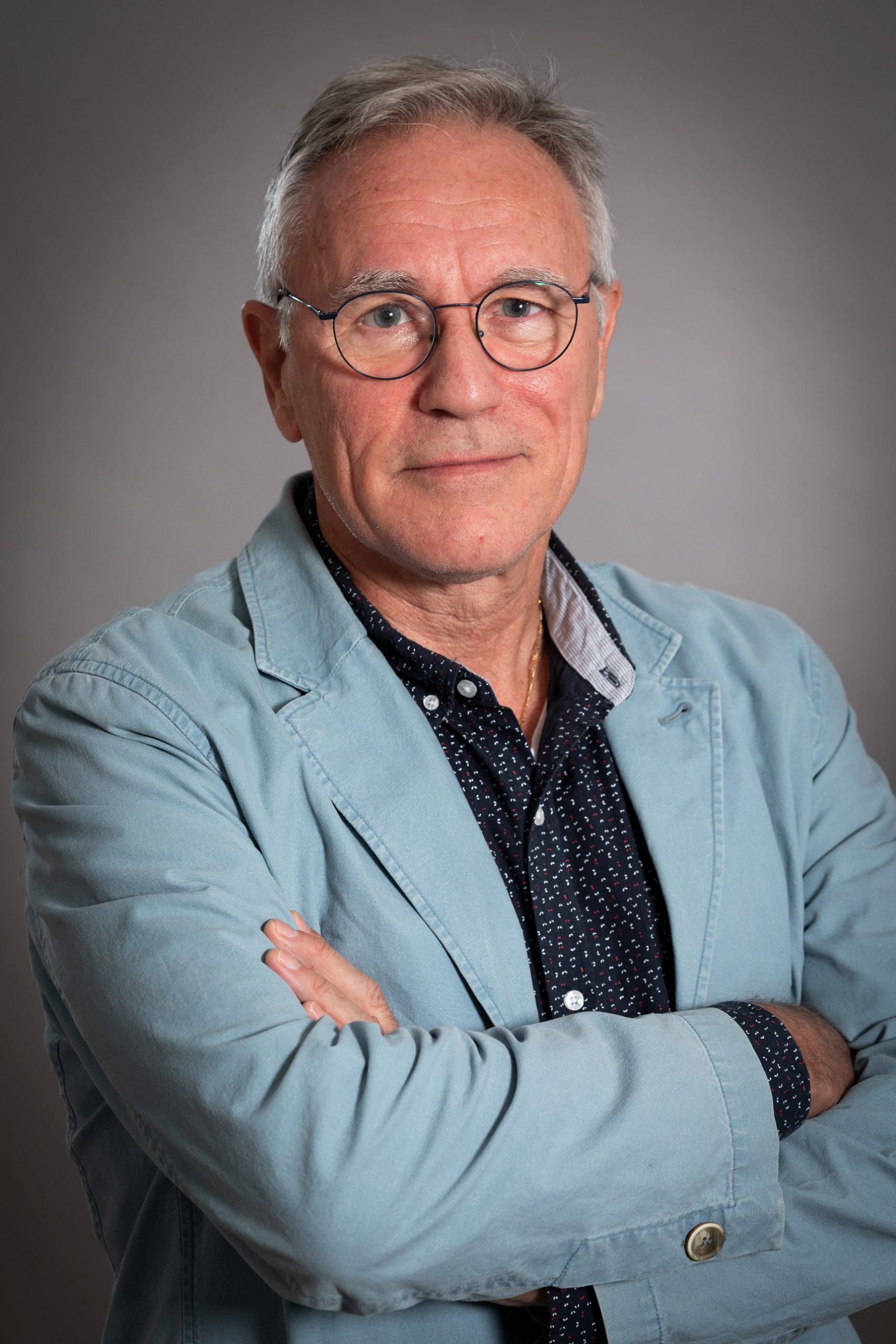Coordinator of the various scientific projects on the Banc de Saya de Malha during the Monaco Explorations Indian Ocean mission, Francis Marsac, IRD representative in the Seychelles, fisherman and oceanographer, gives an initial assessment of the operations carried out in the field.
Three intense weeks and a great deal of satisfaction on the spot, including on a human level, with a great deal more to come.
Clap de fin
The Saya de Malha Bank is already far behind the wake of the S.A Agulhas II… The campaign ended in Mauritius on November 22nd, with the laboratories emptied of the equipment brought in especially for this project.
Measuring equipment, fishing gear and collected specimens were put back into the container and into crates to be unloaded in Cape Town, the final destination of the Monaco Explorations journey which began on October 3, before returning to the French laboratories.
The hustle and bustle on deck, the noise of the winches, the comings and goings of the crew, the doors opening and closing… The hive is deserted, the end-of-campaign blues!
What will remain of our passage on this shallow sea planted in the middle of the ocean?
Barely a few traces of our dragging gear, quickly faded by the currents that relentlessly reshape the sediments.
On the other hand, a magnificent harvest of benthic community specimens, collected over a mere 60,000 m² divided into five sectors, along a 1600 nautical mile route on the Saya de Malha shoal.
What exactly are we talking about?
300 to 400 species of molluscs, around 300 species of crustaceans and around 100 species of algae brought on board, sorted and examined under a binocular magnifying glass by our experts from the French National Museum of Natural History. Already, three gastropod specimens and one crustacean are considered new species, i.e. not yet described by taxonomists.
Two emblematic species, a gastropod, Conus primus, and the clam Tridacna rosewaterii, have been “re-discovered” on Saya de Malha.
The potential for discovering other endemic and even new species among our collections is significant,” points out Professor Philippe Bouchet, an internationally renowned malacologist and member of the expedition.
This will keep specialists busy for the next five years, given the scale of this harvest.
To be followed closely
Gigabytes of digital data on physico-chemical and biological parameters measured by the bathysonde in the water column have been stored on the computers.
There are also long hours of video footage filmed by the ROV during its seven dives, and images taken by various cameras anchored to the seabed that remain to be processed – enough to provide research topics for our young researchers in the region.
This choice information on the properties of the water column and the habitats visited gives context to the floristic and faunistic inventory described above.
It’s easy to be complacent about this initial scientific assessment.
However, the expedition’s greatest asset was its human dimension.
The scientific team was made up of scientists from the Seychelles (including students), Mauritius, France, South Africa and Spain.
A melting pot of nationalities and skills that worked perfectly.
An intergenerational fusion of exchanges, interaction, mutual aid and interests that took shape after just a few days of learning from each other.
In my opinion, the Explorations de Monaco expedition made a major contribution to strengthening exchanges between Seychellois and Mauritian scientists.
They didn’t know each other very well, and now have a clear motivation to develop joint projects.
“When will the next campaign take place?” they exclaimed as they left the ship.
The framework of the Saya de Malha joint management zone lends itself perfectly to this, as Seychelles and Mauritius have each developed a roadmap for their Blue Economy, and want to work together towards the reasoned and sustainable use of Saya de Malha’s resources.
This can only be done on a scientific basis.
I’m convinced that this desire to work together is not a one-shot deal.
It will continue in a broader framework, including training and future projects to be co-constructed with expedition scientists from outside the region.

Francis Marsac
Director, IRD Representative in the Seychelles, Halieute and oceanographer, coordinator of scientific operations on Saya de Malha during the second part of the Monaco Explorations Indian Ocean mission.
